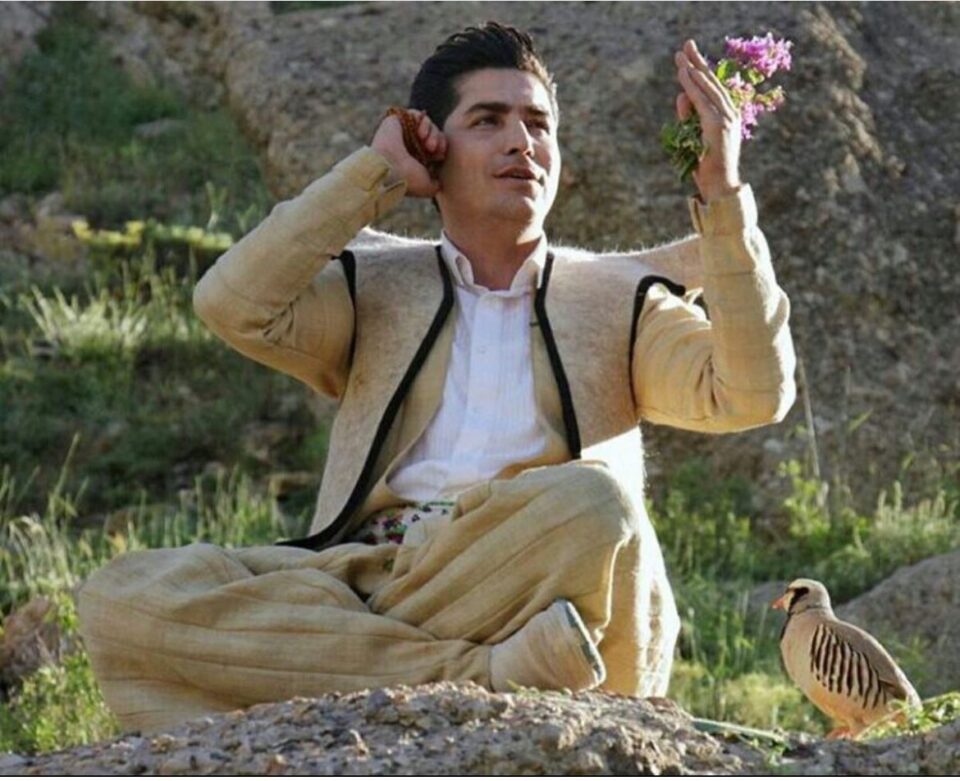Siyachemane is a highly authentic form of Kurdish folk art in the Hewraman region. “There is a risk to this art due to the importance given to Hawrami music.”
Kurdish songs known as Siyachemane are primarily sung in the regions of Hewraman, Hewramani Takht, and Luhon. Like a chant, this type of song is sung unaccompanied. Siyachemane has a lengthy history. The most well-known Siyachemane singers are Ferzad Shoshmei, the late Jamil Hewrami, Hamehoseyn Kimneyi, Osman Hewrami, and Sabah Hewrami. Each of these performers has a unique voice for reciting songs of this genre. The majority of the poetry in these songs deals with love, as well as mystical and nationalistic subjects. The voices of Siyachemane artists, along with the sounds of streams running and trees rustling, transport you to the heart of nature—a place that hasn’t been abandoned by the mother of songs yet. Siyachemane is the only music that truly captures the essence of Hewrami life.
Regarding Siyachemane’s origins, various theories exist. Siyachemane is sometimes translated as “chamsiyawan,” “chamrashan,” or “black-eyed.” The performers of Siyachemane are traditional artists; while some contemporary artists have lost their vocal skills, Arsalan Hewrami and Ferzad Mahdini are still able to perform Siyachemane. Most Siyachemane lyrics include “leyl,” “kna leyl,” and “tukhwa leyl,” and performers need to have a powerful voice and breath control. It is performed without music and is more romantic.
The unique method of Siyachemane performance involves two people facing each other, one reciting a couplet from a poem and the other completing it. In Siyachemane, most of the poems are composed by the renowned poets Mawlawi, Bēsarānī, or Seydī Hewrami. The year 2000 marked a significant milestone in the history of Siyachemane when Sabah Hewrami, an artist, presented Siyachemane with music for the first time.
Most Hewramis are familiar with Siyachemane, can identify it, and know who performs it well. However, a lot of Hewrami art has been musicalized, and this art is unfortunately not given much prominence in Hewraman nowadays. Performers of Siyachemane are scarce in number. Eastern Kurdistan Hewraman is a location where Siyachemane is more highly appreciated than in Southern Hewraman, which is home to the majority of individuals who cherish it. Mainly composed of Hewrami songs, Siyachemane also serves as the basis for several Kurdish songs, including Hore, Cheple, and Laylāy.

